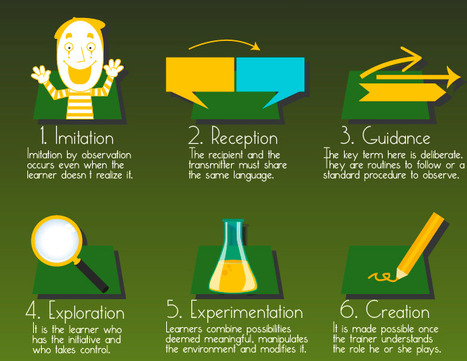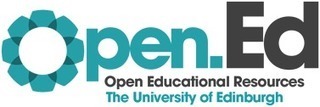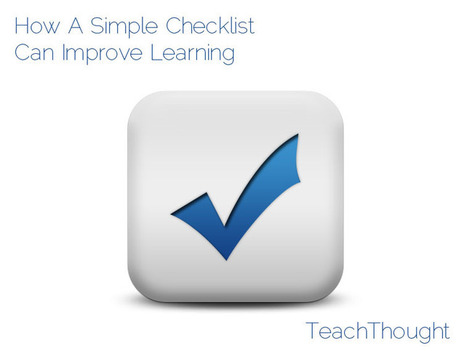Young people who are the first in their family to go to university are less likely to attend an elite institution and are more likely to drop out than those with graduate parents, according to new research led by the UCL Centre for Longitudinal Studies.
Via Elizabeth E Charles



 Your new post is loading...
Your new post is loading...













